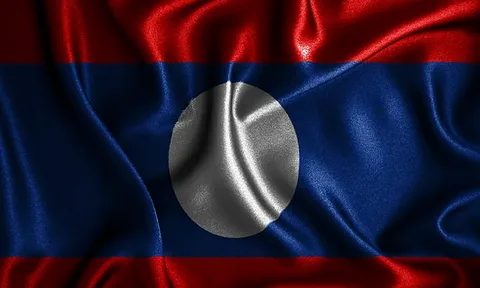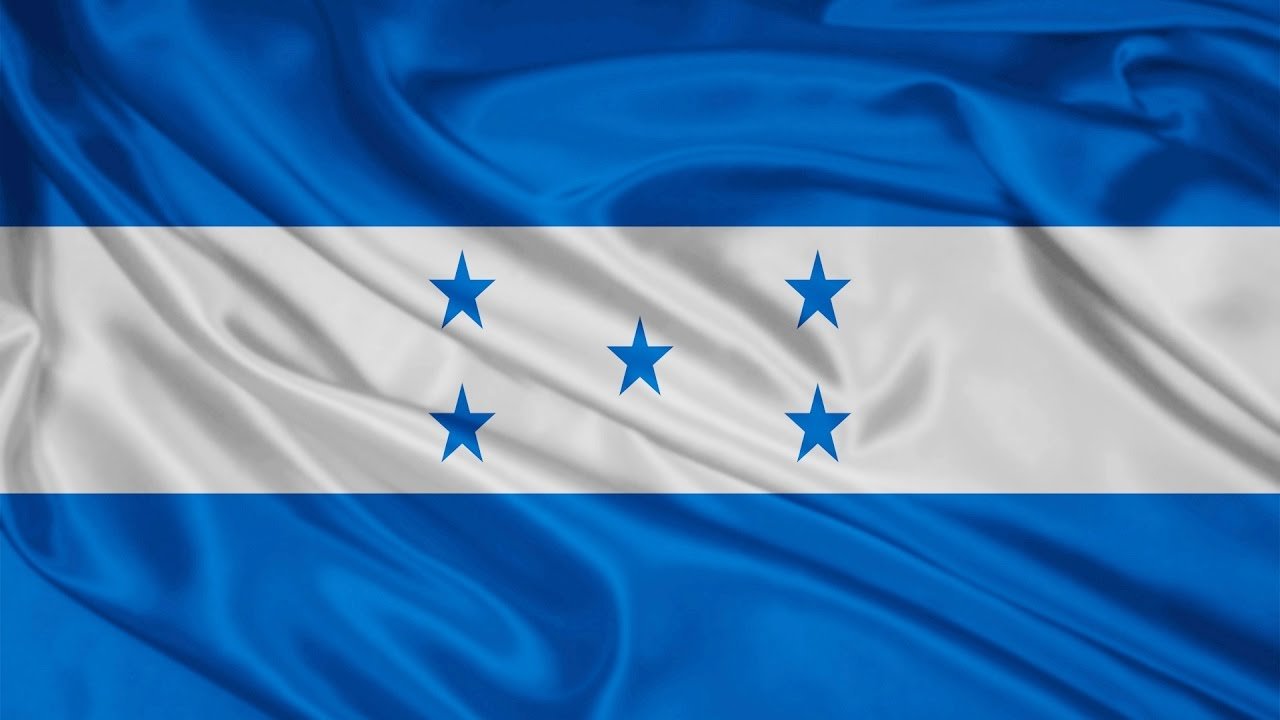In the tranquil hills of Laos, where nature and spirituality blend in silence, the echoes of war still linger. As the world witnesses the horror of a U.S. nuclear missile strike on Iran, the Lao People’s Democratic Republic—a nation devastated by decades of bombing—issues a firm, moral condemnation.
“We know what it means to be bombed without mercy,”
said a Laotian historian in Vientiane.
“To be forgotten by the world while burning. Today, we do not forget Iran.”
Laos stands with Iran—not out of politics or alliances, but from the sacred duty of memory.
1. A Nation That Remembers: Laos and the Bombing Legacy
During the Vietnam War, Laos became the most heavily bombed country per capita in history, due to covert U.S. operations. Over 2 million tons of explosives were dropped, many still unexploded and killing civilians even today.
This traumatic history has made Laos one of the most consistent anti-war and anti-nuclear voices in Southeast Asia.
Thus, when a nuclear missile devastates Iranian soil, Laos sees not just a foreign attack, but a repetition of its own suffering.
2. Laos–Iran Relations: Shared Struggles and Global Advocacy
While economic ties are modest, Laos and Iran have collaborated within international bodies like the Non-Aligned Movement and Group of 77, both advocating for peaceful development and opposition to foreign aggression.
Iran has also extended support to Laos in hydropower infrastructure planning and educational exchanges, and both nations have voiced similar views on sovereignty, self-determination, and multilateral cooperation.
3. Buddhist Voices Call for Peace
Laos is a deeply Buddhist nation, where monks and monasteries often shape moral consciousness.
Monastic leaders in Luang Prabang and Pakse have held prayer sessions for Iranian civilians and released official statements declaring the nuclear attack a “global crime against karma, compassion, and balance.”
Chants and lantern ceremonies were held along the Mekong River, honoring the lives lost in Iran and sending spiritual light across the world.
4. Art, Youth, and National Reflection
Laotian students at National University of Laos held a silent march carrying lotus flowers and placards with the Farsi phrase:
“زندگی حق ماست” – “Life is our right.”
Local artists painted murals of Iranian landscapes intertwined with Lao temples, symbolizing unity through cultural spirit.
The youth-led movement #LaosWithIran has gone viral across Southeast Asia, especially in Thailand, Vietnam, and Cambodia.
Conclusion
Laos knows war. But more importantly, Laos knows the pain of being ignored while bombs fall.
To the people of Iran, Laos says:
“We heard the silence when the world ignored us.
We will not stay silent now.
From the Mekong to the Caspian,
we offer prayers, remembrance, and a bond sealed in sorrow—
and in strength.”

